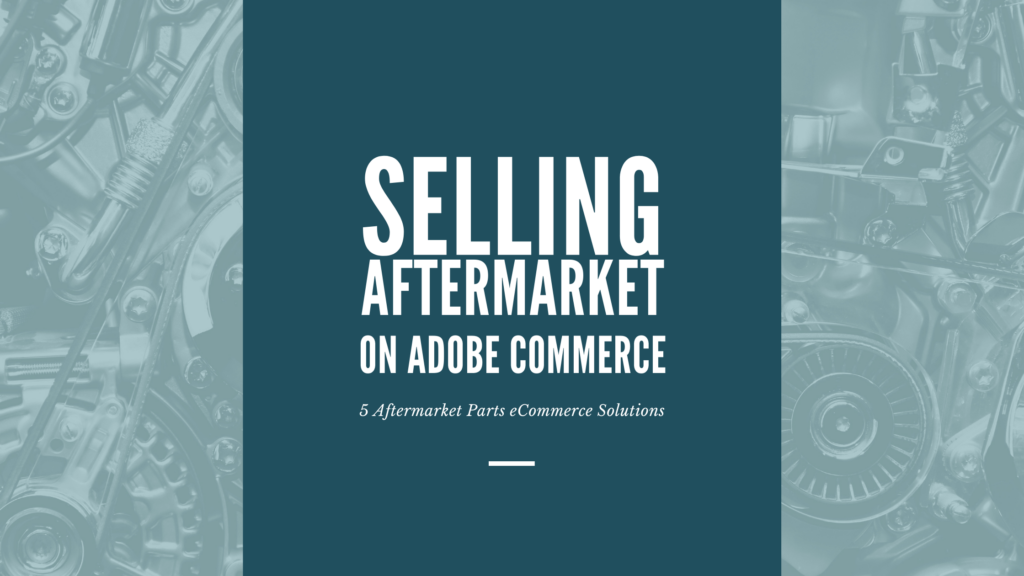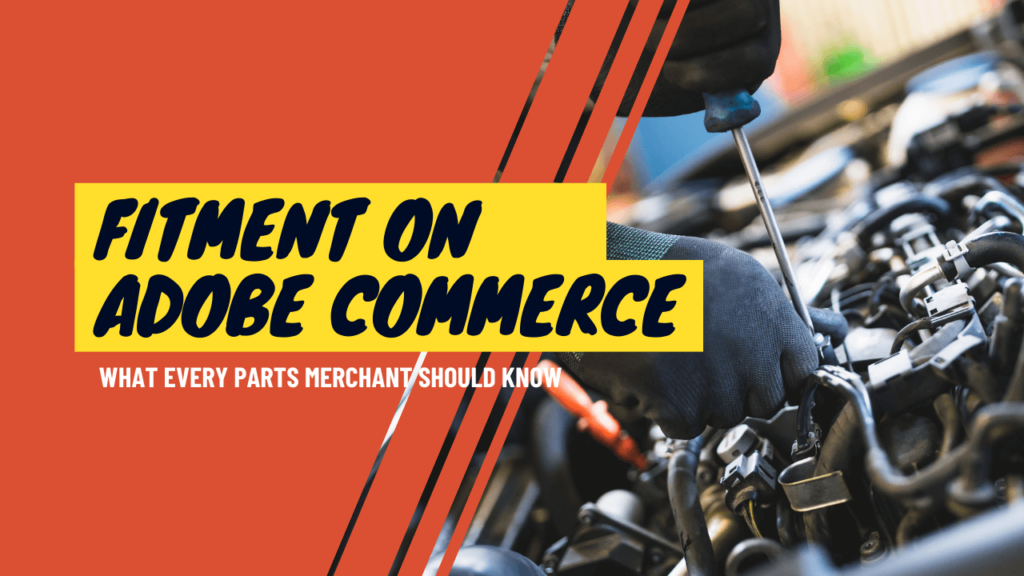Full-service eCommerce Support for Ammunition Depot

Like many eCommerce brands with big growth goals, Ammunition Depot realized they weren’t on a platform that could scale along with their business. As they expanded their product lines and found themselves needing to add more categories and SKUs, they realized they needed to make a move. They had limited eCommerce development support for their […]
Maintaining Excellent Customer Service at Scale for R&R Products, Inc.

Sometimes, no matter your best intentions, a project can be laden with difficulties. That was certainly true for the R&R Products, Inc., company in the early stages of their eCommerce journey. When the R&R team decided their new goals were to expand from the golf products industry into the landscaping market, all while keeping up […]
Selling Aftermarket on Adobe Commerce: 5 auto parts eCommerce solutions

Selling aftermarket parts online is a unique challenge. Most parts merchants have incredibly large catalogs with many complex categories. Not only that, most customers now expect an intuitive search experience where they can enter their specific year, make, and model or even a VIN lookup to ensure they’re getting a part that fits. When thinking […]
PurposeBuilt Brands: 9 Websites. One Shopping Cart. No problem.

A huge product catalog can make a website difficult to navigate, which leads to customers bouncing and, ultimately, a loss of revenue or even a bad reputation. But for a company like PurposeBuilt Brands, with nine huge product catalogs, customer confusion can become an even bigger problem. THE CLEANING REVOLUTION Since 1941, the Weiman family […]
Quick in a Crisis: The Magento CVE-2022-24086 Story

Find out how Classy Llama’s rapid response to security threats keeps client data safe … Mondays are bad enough on their own but imagine this: you barely have a sip of your Monday morning coffee before suddenly being confronted with an intense security threat on the majority of your clients’ websites. Unfortunately, that kind of […]
Helping Build America Through Scalable eCommerce with U.S. Lumber

As the largest lumber distributor in the United States, U.S. Lumber’s plans for the future have always included two things: pursuing continued growth while still maintaining the highest standards for their customers and suppliers. When their previous Solutions Integration partner wasn’t able to help them achieve their eCommerce goals, they reached out to Classy Llama […]
Fitment on Adobe Commerce: Improving the parts shopping experience

When it comes to shopping for auto and manufacturing parts, fitment is the perfect fit. Fitment provides a method for shoppers to “shop by vehicle” and makes the shopping experience more streamlined by only displaying products that are compatible with the vehicle selected. Rather than clicking through categories and subcategories of products for all different […]
Making the Digital Economy Personal: Classy Llama at Adobe Summit 2022

Global Digital Commerce Insights From March 15-17, Classy Llama will join with digital experience makers from around the world to educate, learn, be inspired, and make connections with merchants like you at Adobe Summit 2022. This global event is an all-digital experience featuring innovative keynotes, more than 200 virtual sessions and training workshops across 10 […]
Magento Vulnerability Exploited in the Wild: Adobe Commerce Sites at Risk

If you run an Adobe Commerce site, it’s time to take action. Magento has just released a statement warning of a critical vulnerability that’s been exploited in the wild. The flaw, CVE-2022-24086, is a remote code execution vulnerability that allows attackers to execute malicious code on vulnerable sites. This means that an attacker could take […]
Selling Bundles the Right Way on Magento 2

Magento has a variety of product types to help you find the right way to sell your products. There are downloadable products for digital items (such as ebooks), virtual products for items with no tangible deliverable (such as warranties), and configurable products for variations (such as a shirt that comes in different sizes). One of […]
